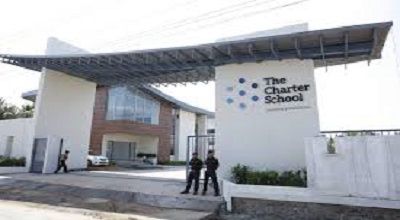Charter School
A charter school is a type of public school that operates independently of the traditional public school system. Here, Charter schools receive government funding, but they have more freedom to design their own curriculum, policies, and goals. Charter schools are usually created by teachers, parents, community groups, or organizations that have a specific vision for education. Charter schools are expected to meet certain standards of performance and accountability. As outlined in their charter agreements with the state or local authorities. If they fail to do so, they may lose their charter and be closed down.
Charter schools are not the same as private schools, which charge tuition fees and do not receive public funding. Charter schools are also different from magnet schools. Which are public schools that offer specialized programs or themes, such as science, arts, or languages. Magnet schools usually have selective admission criteria, while charter schools are open to all students who apply. However, some charter schools may have a lottery system or a waiting list. If they receive more applications than they can accommodate.
More Read…
Charter schools exist in 44 states and the District of Columbia, and they serve about 3.3 million students in the U.S. Charter schools vary widely in their size, focus, quality, and outcomes. The charter schools may offer innovative or alternative approaches to education, such as project-based learning, dual-language immersion, or online learning. Some charter schools may cater to specific populations, such as gifted students, students with disabilities, or students from low-income families. Some charter schools may have higher test scores, graduation rates, and college readiness. Than traditional public schools, while others may perform worse or similarly.
Charter schools are controversial among educators, policymakers, and parents. Some of the benefits of charter schools are that they provide more choices and opportunities for students and families. That they encourage competition and innovation in the public education system. And that they allow more flexibility and autonomy for teachers and school leaders. Some of the challenges of charter schools are that they may divert resources and students from traditional public schools. That they may lack oversight and accountability for their academic and financial performance. They may increase segregation and inequality in the public education system.
How many Charter Schools are in the USA?
According to the data from the National Alliance for Public Charter Schools. There were 7,547 charter schools in the United States in the 2019/20 school year, serving 3.7 million students. This is a significant increase from the 2000/01 school year when there were 1,993 charter schools in the United States. The number of charter schools and students has more than doubled and tripled, respectively, since the 2005/06 school year.
However, the rate of growth for both schools and students began to slow down during the 2015/16 school year. Except for the 2018/19 and 2020/21 school years. The states with the most charter schools and students are California, Texas, Florida, and New York. These four states account for more than half of all charter schools and students in the country. Other states with a high number of charter schools include Arizona, Colorado, Minnesota, Michigan, and Wisconsin.
